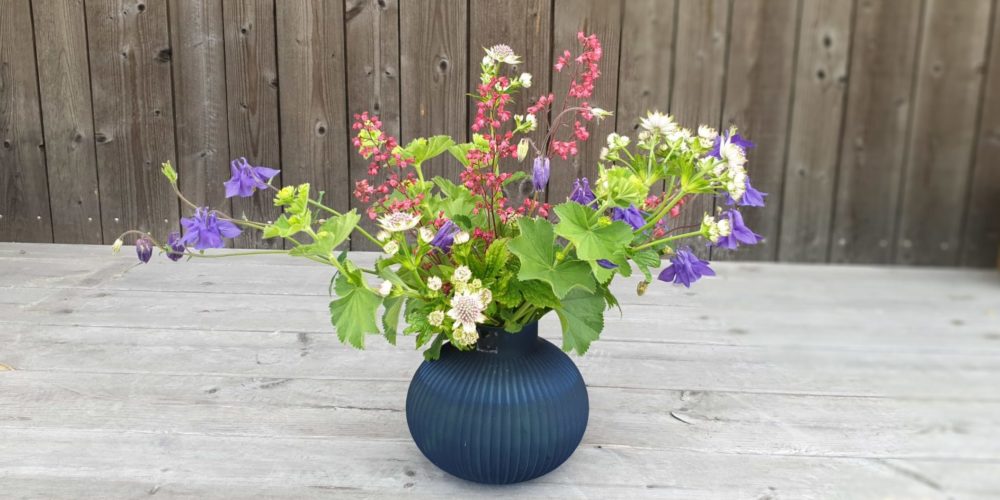Garden checklist June, UK
Welcome, delightful June, welcome to summer! June is arguably the loveliest of all months. It exudes hope and anticipation as we eagerly await the development of our gardens this year. Gardening in June brings forth more hours of sunlight. The additional light and warmth provide a significant impetus for abundant growth in our gardens. This month marks the time when we can begin to relish the fruits of our labor. However, June also entails the emergence of numerous weeds and necessitates the performance of various tasks to ensure the flourishing of our garden.
What to do
General Tasks
Fertilize in pots and beds
Pots have limited access to nutrients from the soil, so it is a good idea to focus your fertilization on these. You can use liquid nutrients that you mix into the water you give the plants. Choose a specific day and make it your “fertilization day”, this way you will always remember to fertilize your plants.
Collect material and cover
If you rake clipped grass together, feel free to place them as cover material on your crops, around hedges, or under berry bushes. The grass clippings contain lots of nutrients, keep the moisture in the soil and keep the weeds at bay.
Keep on top of weeding
Gardening in June means that you have to do a lot of weeding. Get rid of weeds to make space for the plants that you love. Remember to try and remove them before they set seed. Cleans weeds as soon as it has rained a little. Then the lawn is soft and easy to dig in. In addition, the weeds are clearly visible, because it often has roots that go deeper than the grass and therefore are still green so it is easy to see them.
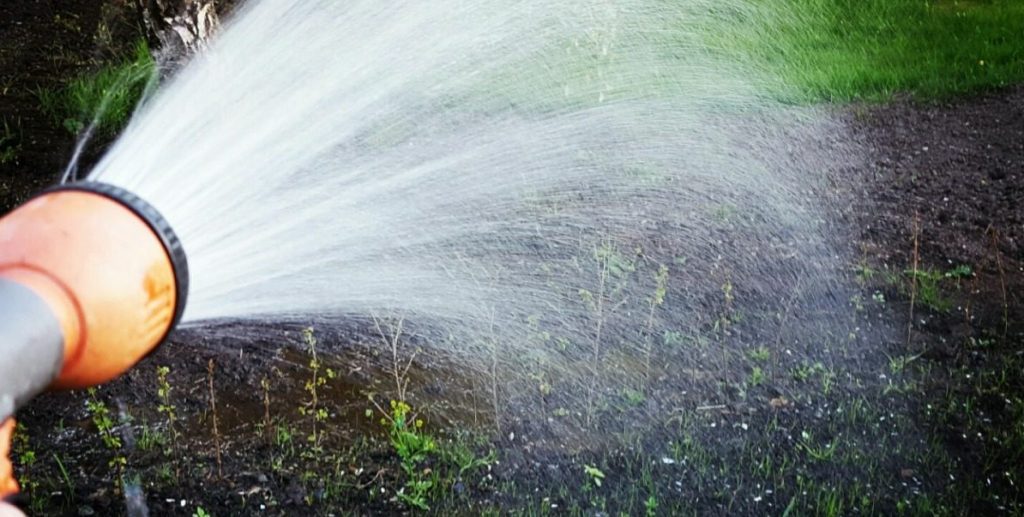
Watering your plants
As the season is getting warmer and drier, some plants will be needing more water than others. Due to climate change water supplies in the United Kingdom is under pressure. It is therefore important for us to water our gardens in a more sustainable way. Read more about recommendations from the government on watering your garden here.
Get rid of Pests
Moist areas are attractive if a food source is close by. Both snails and slugs love to eat flowers, plant leaves, and fruits, especially those at ground level. However, beware not to hurt the ladybugs, they eat up aphids and other small insects that can harm your plants.
Lift spring-flowering bulbs for storage
After the flowering, you should let them grow for about 6 weeks. After that, it is safe to cut down the foliage and lift the bulb. Dig them up with caution and let them dry away from the sunlight for a few days. Keep them in a cool and dry place for the summer until the time comes to plant them again in fall. If you can locate your bulbs easily, you can also choose to just dig them up in the fall and relocate them directly.
Trees & Shrubs
- Continue pruning and propagate shrubs once they finished blooming after spring. Propagating is an easy and inexpensive way to keep the flowering going for a long time. Flowering shrubs also benefit from cutting off the flowers before they form seeds. This applies to the lilac, for instance.
- Deadhead shrubs that bloomed in spring will focus the energy on strong growth and next year’s blooms in this way.
- Decrease or completely stop fertilizing as the days get hotter.
- Increase the amount of mulch to shallow-rooted shrubs (like camellias, rhododendrons, and azaleas), as mentioned earlier, mulch supports to hold moisture.
Lawn
Fertilize – It is important to remember that grass is a plant that, like other plants, needs nutrition to develop and feel good. There are many different types of lawn fertilizer, and depending on what time in the year you fertilize, you should use different preparations. The later in a year you fertilize, the more potassium and less nitrogen the fertilizer should contain.
Gardening in June we need to give some extra attention to our lawn, which means, mowing regularly, particularly if you are mulching the clippings. Watering your lawn during this season is important. However, it is important that we water in a sustainable way. Sustainable gardening and lawn care use much less water. You can use barrels to collect and conserve rainwater that you can use to water vegetation. You can read more about sustainable gardening here.
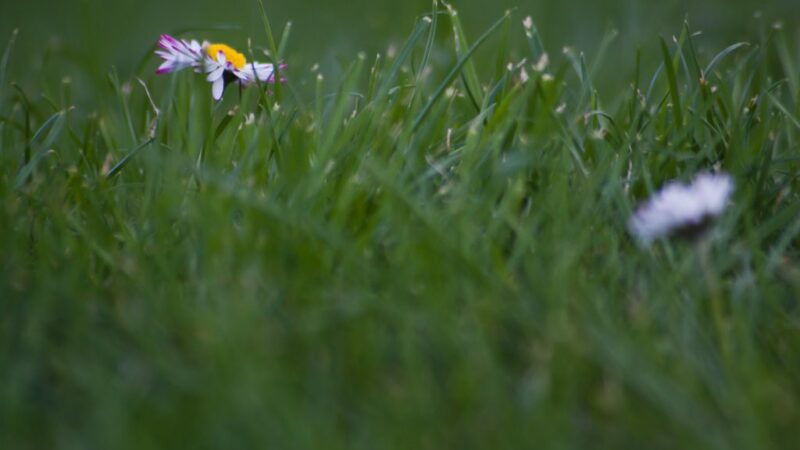
Flowers
Annual and perennial plants
- Dead heading both annual and perennial plants is always worthwhile. The removal of spent flowers from the plant prolongs the flowering season. Plants produce flowers as part of their reproductive process, from the flowers seed is formed. Once the seed is set the cycle is complete and a plant may reduce and eventually stop flowering. To keep plants flowering for as long as possible nip off the spent flowers.
- Support plants with tall stems and large, heavy flowers, otherwise there is a risk that they will fold in the next rain shower. You can support with eg sticks, nets or special plant supports.
- Add nutrients to the plants regularly. Especially if you have them in pots, where the supply is limited.
- Water regulary, especially if the season is dry.
Roses
June is the month of the rose. To achieve the best result, you must remember to give your roses extra love and proper care during the summer. Roses need water during hot and dry weather. How much you water your roses depends on the weather condition. However, deep soaking every other week should be enough. You water it by applying the water directly to the soil. A mulch around your roses will support you in preserve soil moisture and at the same time, it helps you to control weeds.

In the Kitchen garden
In this list, you will get some inspiration on things you can do with your kitchen garden in June:
- Continue to sow various variants of vegetables This is the perfect time to grow your own beetroot, pak choi radishes, and lettuce. Read more on growing your own lettuce here.
- For your autumn and winter harvest, you can start to direct sow carrots now.
- Feed your tomatoes regularly, water them well and consistently for a better taste.
- Mulch strawberries.
- Take care of your potatoes by watering them regularly and earth up. This helps you get a good crop and more potatoes later on when they are ready for harvest.
- Plant out Peas and Beans of all types.
- When gardening in June, before the temperature rises more, you should sow seeds of herbs such as basil, parsley, coriander, basil, fennel, dill, and chervil.
- If you have outdoor cucumbers that you started already started earlier in pots, you can sow them outside in June if you want crops at the begging of autumn.
- If you have pumpkin or squash in pots inside, it is a good time to sow them into the ground now. Remember to add manure or compost to the soil.
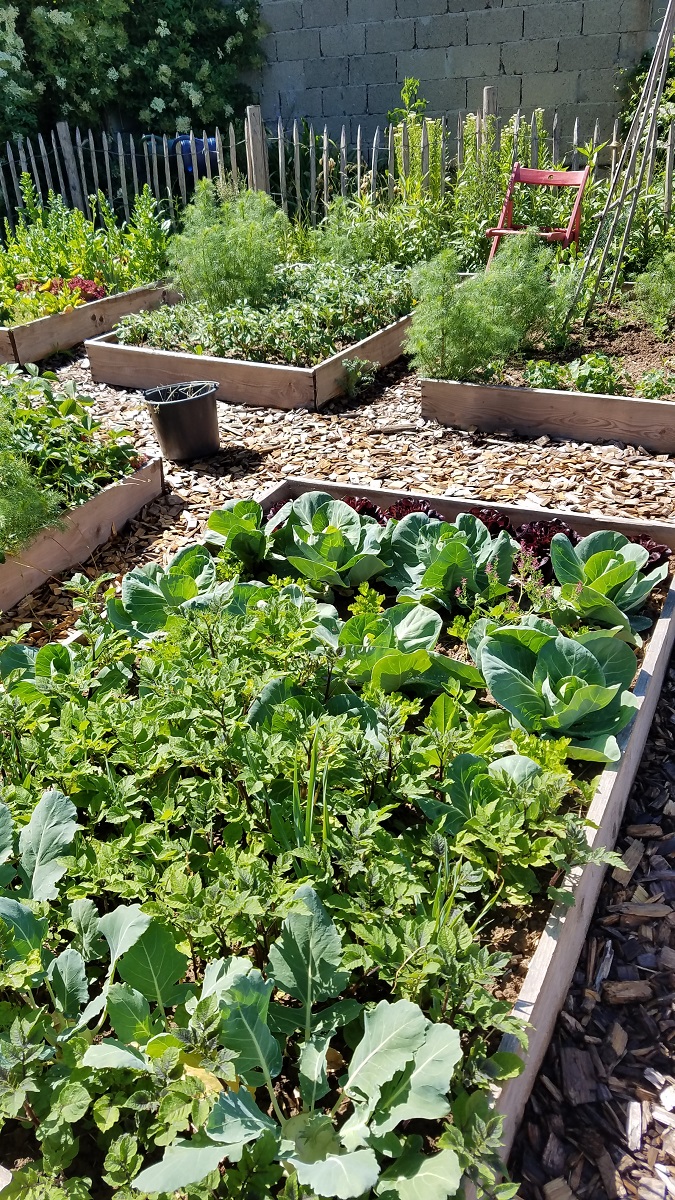
GARDENIZE GARDEN APP
Your garden friend with green fingers and photographic memory.
Gardenize is an app for gardening and cultivation that helps you to overview, understand and develop your garden and your crops. Organizing your garden makes it easier to succeed and your Gardenize app structures all information and make it searchable. You’ll get tips and inspiration from other Gardenizers around the world. All Gardenize basic features are free to use. You can download the app from the App Store or Google Play, or create an account directly in the web app in your browser. Get to know Gardenize better here.
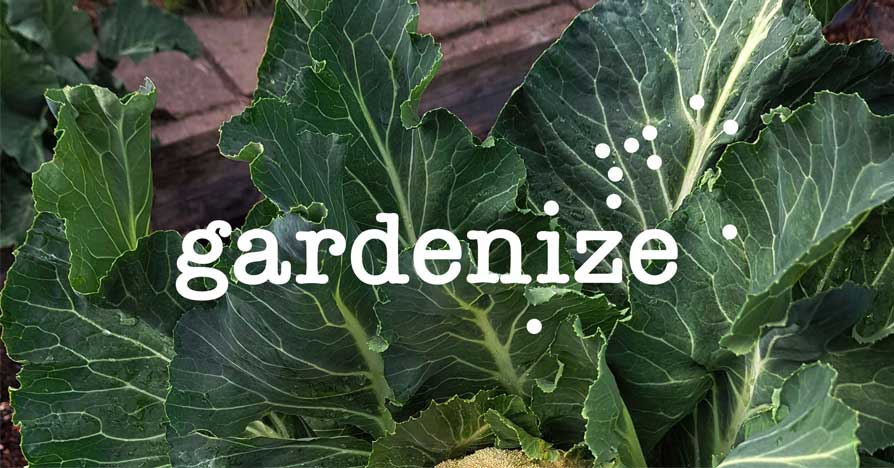
More from Gardenize
Images published on the Gardenize website belong to Gardenize AB and may not be used without permission.

